
About Valle de Bravo
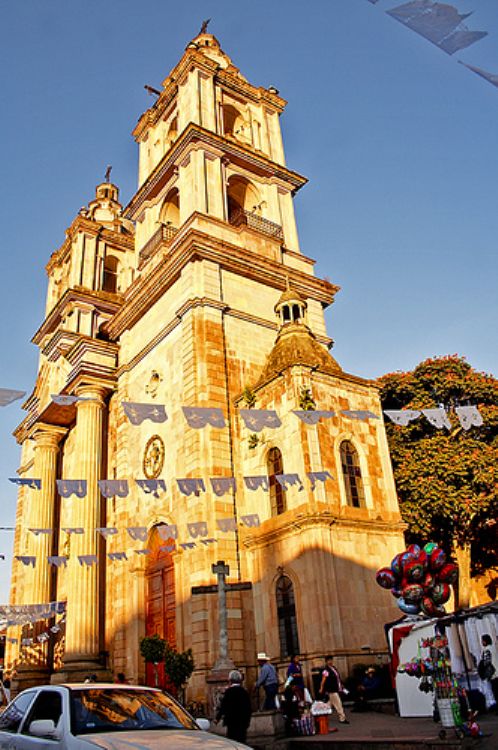
When walking through the market of Valle de Bravo, you will find Indians of Nahuatl, Matlalzinca and Purepecha language sharing their millenary culture in the small city of cobblestone streets, white walls and red tile roofs. Located 1,800 meters over sea level, the officially named "âTypical City"â is settled on the margins of Avandaro Lake and belongs to the State of Mexico.
Originally inhabited by the Matlalzinca tribe, in 1432 the Aztec king Axayatl conquered the region in what would become one of the last Mexican forts upon the arrival of Spanish conquerors in the XVI century.
Originally founded in the year 1530 and named San Francisco de Temascaltepec by Franciscan missionary Gregorio Jimenez de Cuenta, the current city of Valle de Bravo reached the category of villa more than 300 years later"â¦in 1839.
The turbulent revolutionary era gravely affected the prosperous municipality because its good economy attracted the passing of revolutionary troops, who on six occasions razed the villa and the important commercial bridge of Tingambato.
It wasn't until 1971 when the federal government granted it the category and title of Typical City of Valle de Bravo.
Currently, the locality's economy is based on the production of glassed clay crockery, pottery and other crafts; as well as a rising industry of organic vegetables and preserves of excellent quality. The last census registered a population of approximately 57 thousand persons in the municipality of Valle de Bravo, integrated into 44 communities, many of them of Indian origin.
Articles Releated with Valle de Bravo

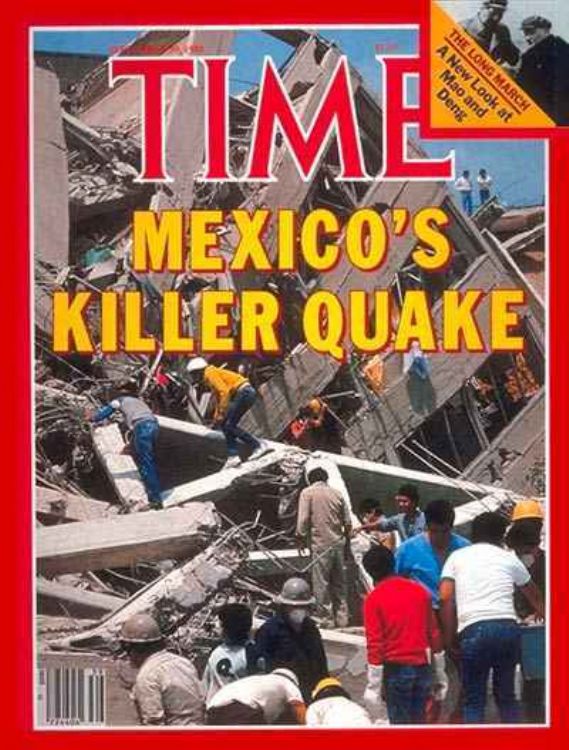
Earthquakes in Mexico, The Worst Earthquakes
The earthquake of Veracruz of 1973, also known as the Ori...
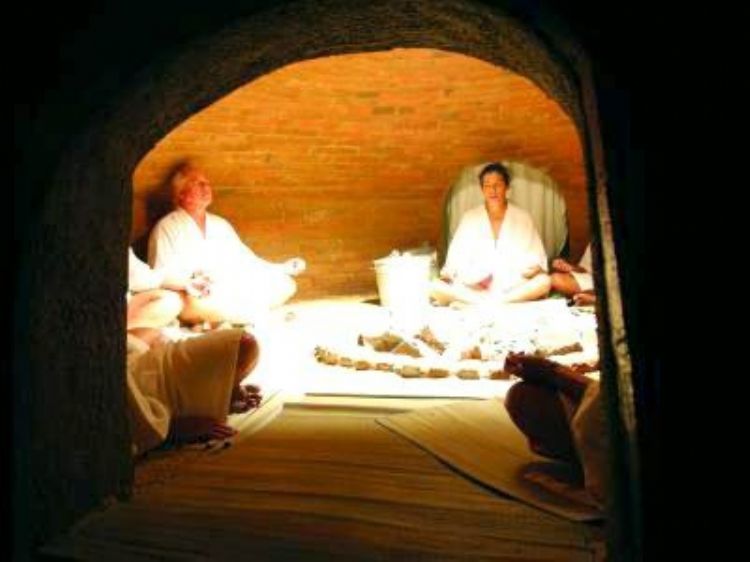
The Temazcal, Ritual of Relaxation in Mexico
Temazcal is a word of Nahuatl origin formed by temaz â ...
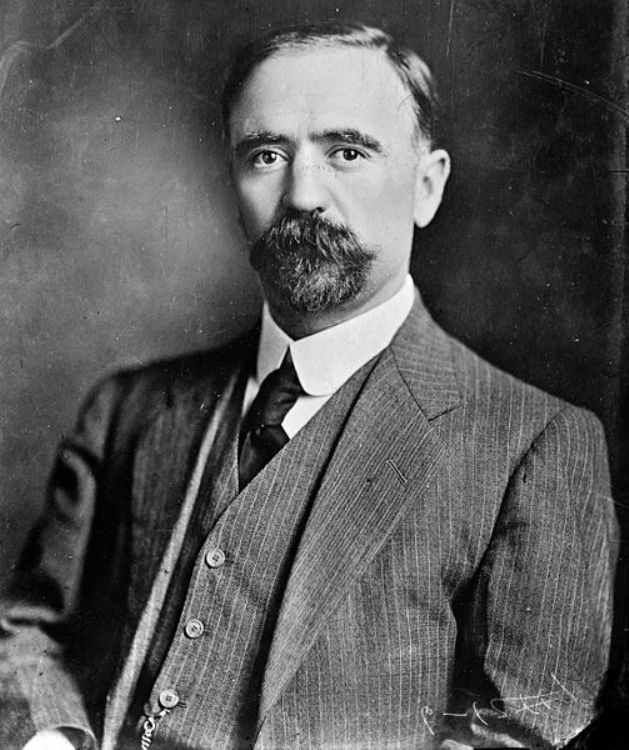
Francisco I. Madero, Biography and Information
He was born on the 30th of October 1873 at Hacienda el Ro...


Endangered Biodiversity in Mexico
The United Mexican States are characterized by their dive...
Most Viewed
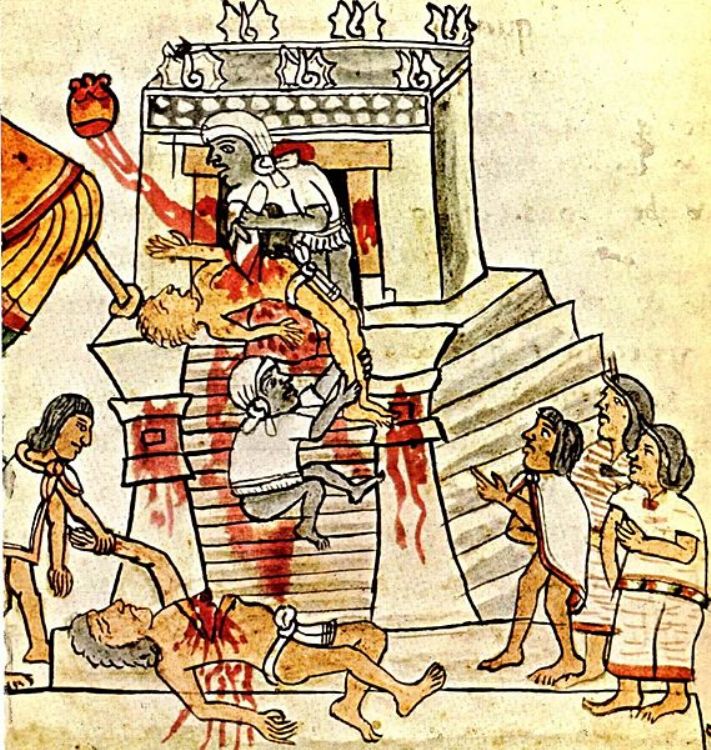
Pre-Columbian Civilizations in Mexico
Pre-Columbian era is a term used referring to the situati...
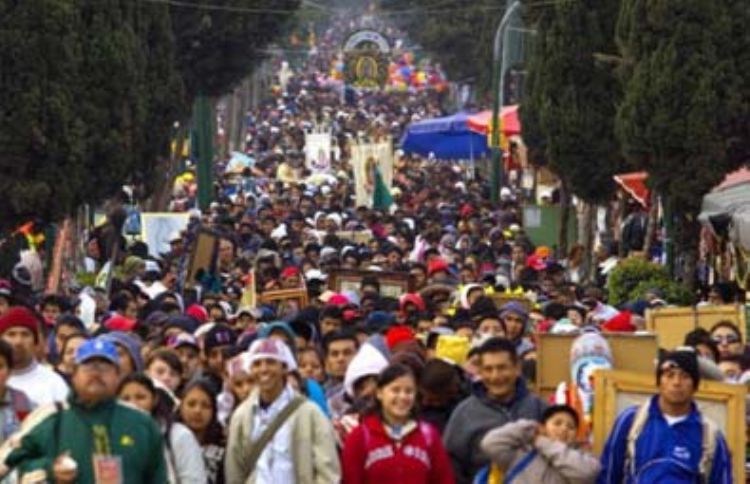
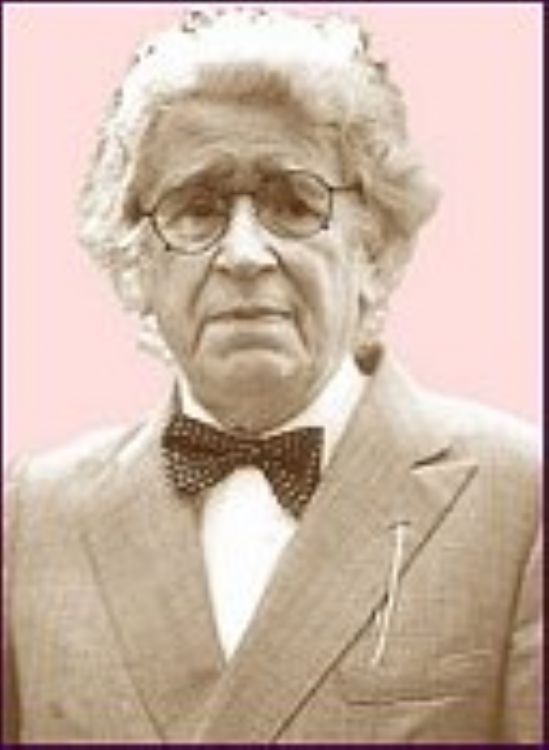
Juan José Arreola, one of the best Mexican Writers
Juan José Arreola is one of the most recognized na...
